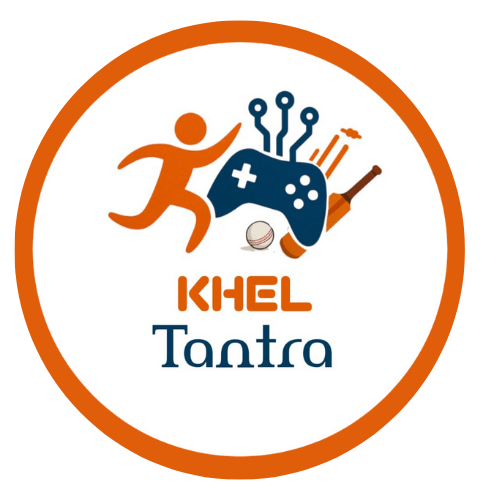Top Backend Frameworks:
Selecting the right backend framework can feel you Stressed, specially when every blog and video tells you something different. Whether you are building your first full-stack app or planning to level up your development career this year, it helps to know which frameworks are actually worth your time in 2025.
In this post, I will walk you through some of the best backend frameworks to learn right now, based on real-world use cases, personal experience, and what companies are actually hiring for. We will also touch on that classic debate: Node.js vs Django vs Laravel—and help you figure out which one suits your goals.
Backend Framework: Node.js – For Full-Stack JavaScript Devs
If you are already comfortable with JavaScript, Node.js will be a next step. It’s fast, powerful, and super popular for developing APIs, web apps, and real-time features like chats or notifications. I have personally used it with Express.js and NestJS, and both made backend development feel smooth—especially when working alongside a React frontend.
The best part? You do not need to switch languages between frontend and backend. It’s all JavaScript (or TypeScript, if you are feeling fancy). Plus, the npm ecosystem is massive, so chances are, whatever you’re trying to build—someone’s already made a package for it.
Backend Framework: Django – The Python Powerhouse
person who love Python, Django is a solid choice. It’s known for being clean, secure, and ridiculously fast to build with. I once built a full admin dashboard in a weekend using Django’s built-in features, like the ORM and admin panel. It’s perfect for apps that need a quick launch, like MVPs or data-driven platforms.
Django follows the “batteries-included” philosophy—so most things are built-in. No need to manually configure a bunch of stuff like in other frameworks. If you’re working with machine learning, data science, or just enjoy Python, Django is worth learning.
Backend Framework: Laravel – PHP, But Make It Elegant
If you still think PHP is outdated, you haven’t met Laravel. It’s honestly one of the most developer-friendly frameworks I’ve worked with. The syntax is beautiful, the documentation is great, and it comes packed with useful tools—like built-in authentication, queues, and Blade templating.
Laravel makes backend development feel… enjoyable. It’s perfect if you’re working on web applications, content-heavy sites, or even eCommerce platforms. Many agencies and startups still rely heavily on PHP, and Laravel keeps it modern.
Backend Framework: FastAPI – For Fast and Modern Python APIs
If you are developing APIs—especially for machine learning or data-heavy projects—FastAPI is a newer framework that’s making waves. I first tried it for a side project and was blown away by how fast it was to set up and how clean the code felt.
It supports async by default, and automatically generates docs with Swagger. If you’re already into Python and want something lighter than Django, FastAPI is absolutely worth your time.
Backend Framework: Spring Boot – For Enterprise-Level Projects
For developers aiming at enterprise or banking systems, Spring Boot is a go-to. It’s Java-based, stable,Robust ,and used in large-scale applications that need to handle millions of users. Personally, I have only scratched the surface of Spring Boot, but its robustness and scalability are unmatched.
It has a steeper learning curve compared to something like Laravel or Express, but it’s worth it if you’re heading into enterprise Java development or applying to big tech and finance companies.
Node.js vs Django vs Laravel – Which One Should You Choose?
This really depends on what you are building and what language you are most comfortable with and in which language you have hands on experience.
If you are already working with JavaScript, Node.js keeps things simple by letting you use one language across your entire stack. For Python users, Django offers rapid development and a lot’s of built-in tools. And if you are in the PHP world (or managing a legacy PHP project), Laravel is a breath of fresh air.
Each has its strengths:
- Node.js: Fast, good for real-time apps
- Django: Secure and perfect for dashboards or MVPs
- Laravel: Elegant, great for CMS-style apps or business tools
There’s no wrong answer—just pick one that you know & aligns with your current stack or career direction.
So, What Should You Learn First?
If you are a beginner in 2025 and still deciding, here’s a quick tip:
- Know JavaScript? → Try with Node.js
- If You Know Python? → Start with Django or FastAPI
- Working in PHP? → Laravel will make your life easier
- Want to work in enterprise and Complex Application? → Learn Spring Boot
You don’t need to master them all. Just pick one which you feel, start Developing real projects, and grow from there.
Conclusion
Backend development in 2025 is more exciting than ever. There are so many tools and frameworks to choose from—but the best one is the one that helps you build and ship real things.
Start small, choose a stack you enjoy, and go deep. Don’t get stuck comparing tech all day—open up your editor and start coding.
Whichever path you choose—Node.js, Django, Laravel, or anything else—just keep learning and building. The backend world is waiting for you.







